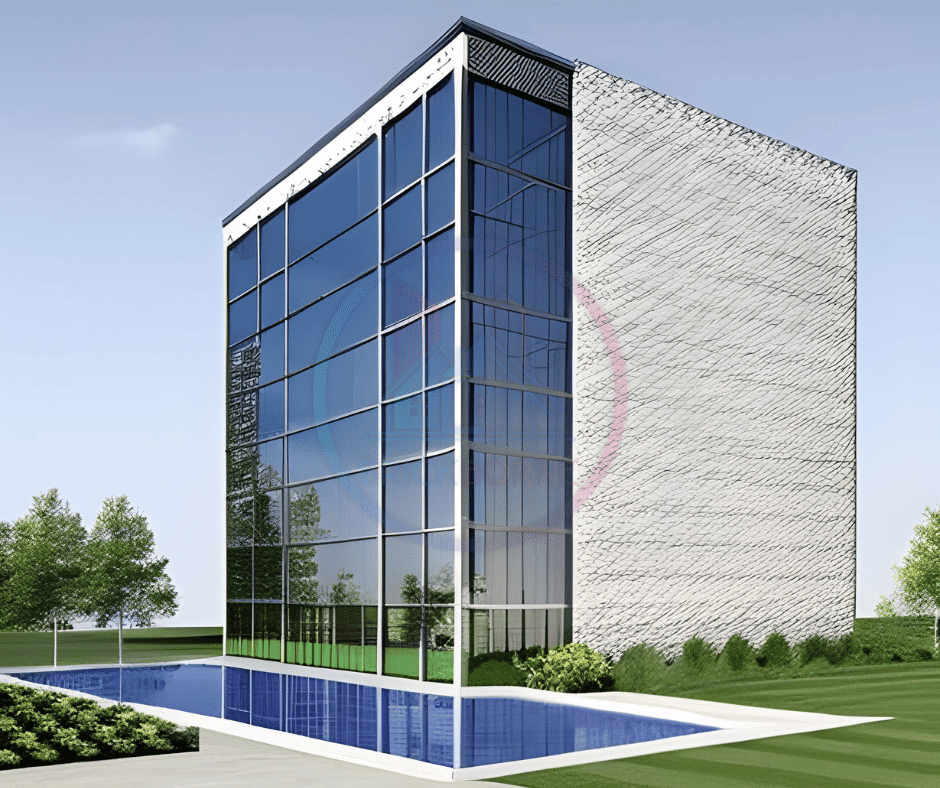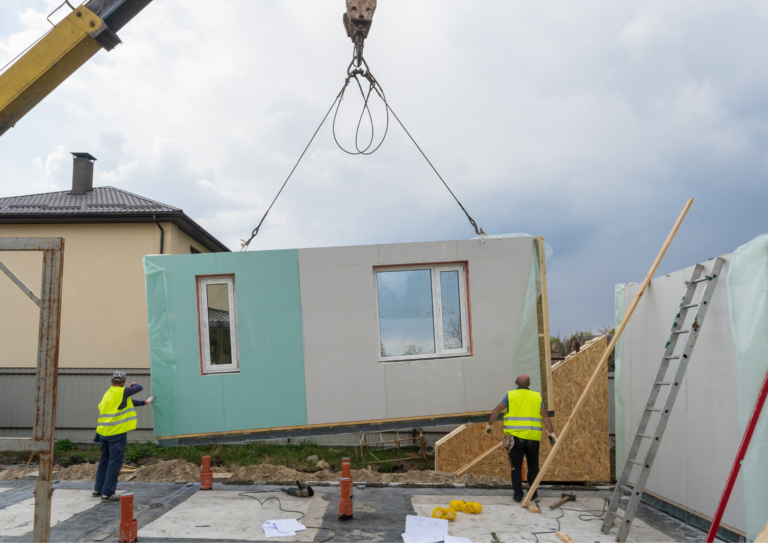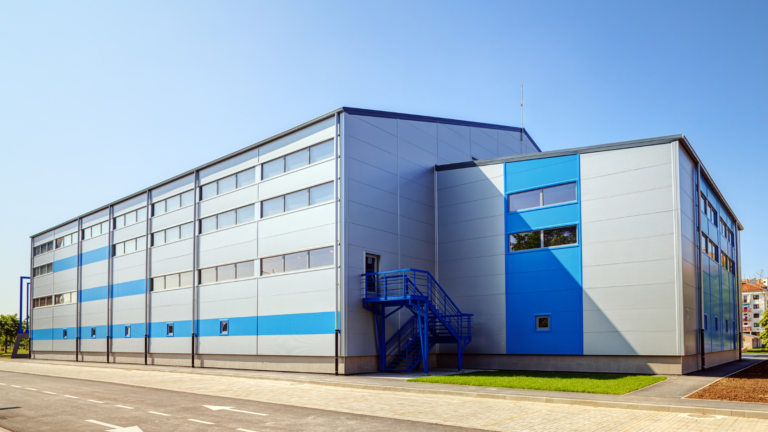In the realm of civil engineering and construction, ensuring the safety and resilience of buildings is of paramount importance. One key element that plays a vital role in ensuring the structural integrity of buildings is the shear wall. In this blog, we will explore the purpose of shear walls and will delve into a specific category of shear walls known as Special Reinforced Masonry Shear Walls (SRMSWs).

Shear Wall Construction and Its Significance
Before we delve into the details regarding special reinforced masonry shear walls it’s important to understand the concept behind walls.
- This wall is mainly required in areas with great possibility of seismic activity and strong wind loads.
- Shear walls resist lateral forces.
- lateral loads are transferred to foundation through shear walls.
Shear Wall Materials: Concrete and Plywood
Shear walls can be constructed using various materials, with concrete and plywood being two common choices.
| Shear wall concrete | Shear wall plywood |
| Good strength and durability | Flexible and cost effective solution |
| Often use in high rise buildings | Often use in low rise buildings |
Shear Wall Design
Following are the factors considered by structural engineers while designing a shear wall;
- Load Analysis
- Shear Wall Thickness and Placement
- Material Selection
- Anchoring Systems
- Reinforcement
Unique Features of Special Reinforced Masonry Shear Walls
Special Reinforced Masonry Shear Walls are distinguished by several key features that set them apart from conventional masonry walls;
| Vertical Reinforcement | · Acts as main reinforcement · Vertical steel bars are provided · Improves ability of shear wall to resist lateral loads. · Increases ductility |
| Horizontal Reinforcement | · Acts as shear reinforcement · This reinforcement is provided in the form of ties. · Helps to distribute the shear stresses across the wall. |
| Confined Masonry | · Special attention is given to masonry units within SRMSW. · Masonry units and reinforcement work together to improve wall capacity of resisting lateral forces |
Applications of Special Reinforced Masonry Shear Walls
It is mostly used in areas prone to high seismic activity. Following are important structures where they are most commonly provided;
- Residential Buildings/ Apartments
- Commercial Structures/ Buildings
- Educational Institutions
- Historical Preservation
Significance in Modern Construction
The adoption of Special Reinforced Masonry Shear Walls in modern construction brings several advantages.
| Earthquake resistance | · This property is greatly improved by using SRMSWs in buildings. · Shear walls are believed to enhance a building’s earthquake resistance by as much as 300% |
| Economical | · SRMSWs are cost-effective when compared to other alternative approaches · Buildings with well-designed shear walls and proper insulation can experience energy savings of 20% to 50% in heating and cooling costs. |
| Design Adaptability | · These walls can be made to match the building’s style perfectly, which means you can get really creative with your design. |
| Wind Resistance | · In regions with hurricane risks, shear walls can reduce wind-induced structural damage by up to 80%. |
Shear Wall Inspection
Regular inspection of every structural element is important as it may cause potential damage to human lives. So, in case of shear wall, following inspections method are mostly practiced.
- Visual Inspections
- Non-Destructive Testing
- Load Testing
Shear walls play a role in engineering as they ensure the stability and safety of structures by safeguarding against lateral forces caused by earthquakes and strong winds. A notable progress, in the realm of engineering and construction involves the adoption of specially reinforced masonry shear walls. Hence, it is anticipated that the usage of SRMSWs will increase in the future as advancements are made in the construction industry leading to more long-lasting structures.





